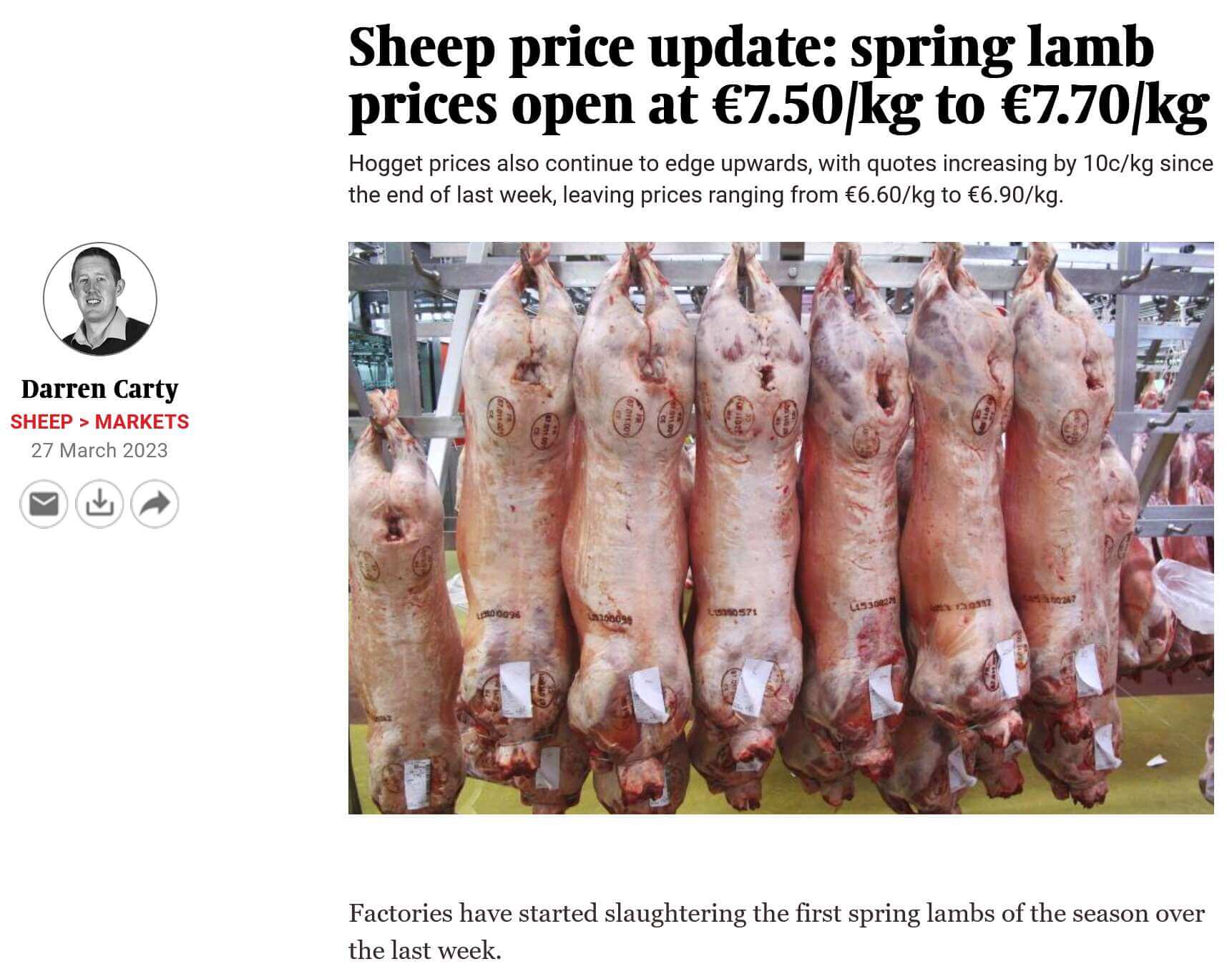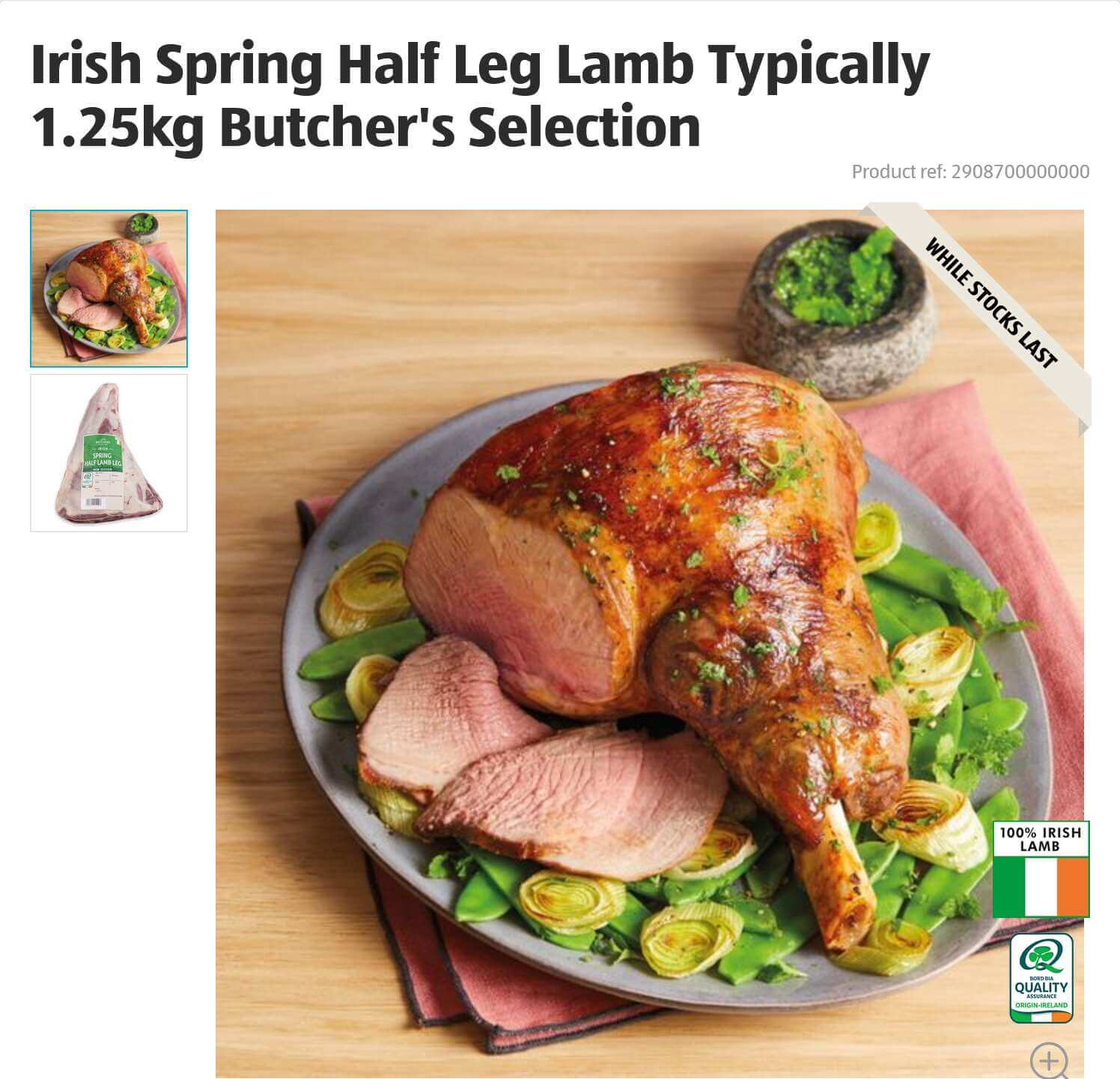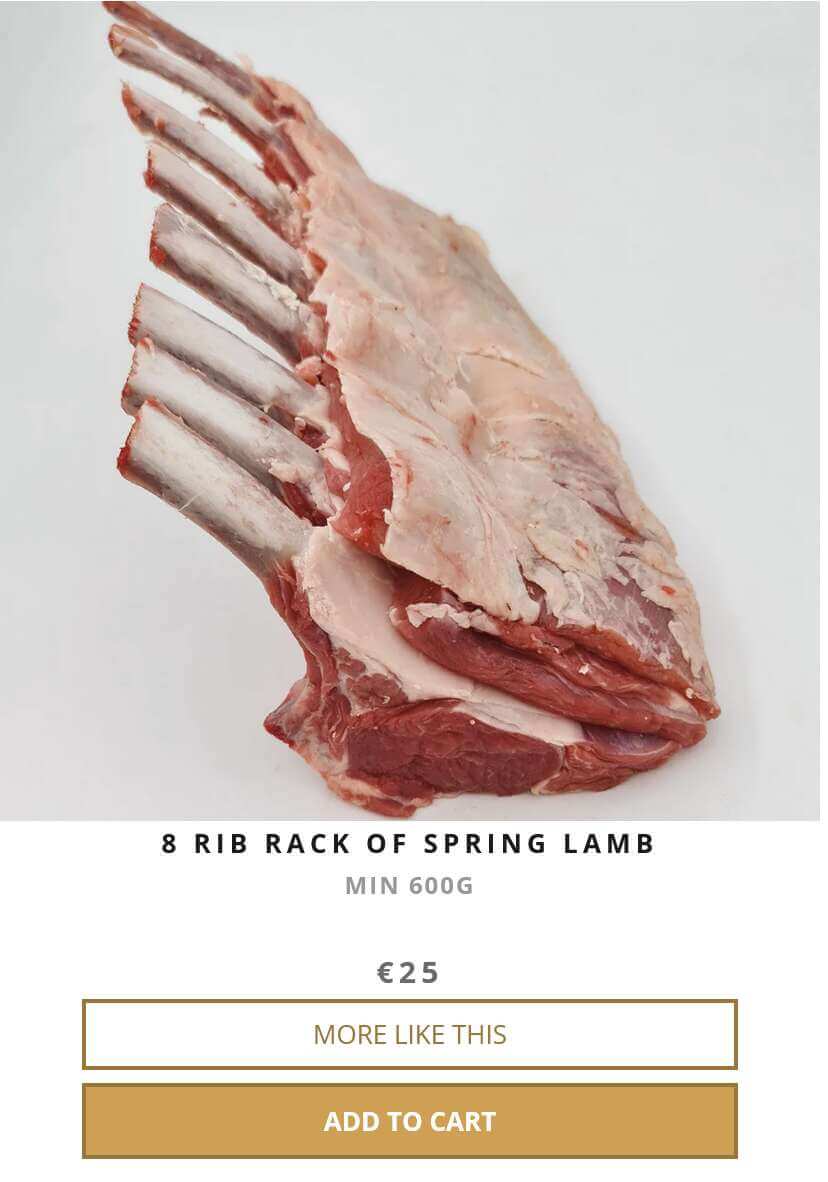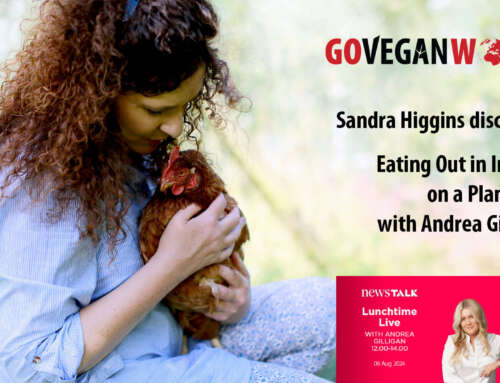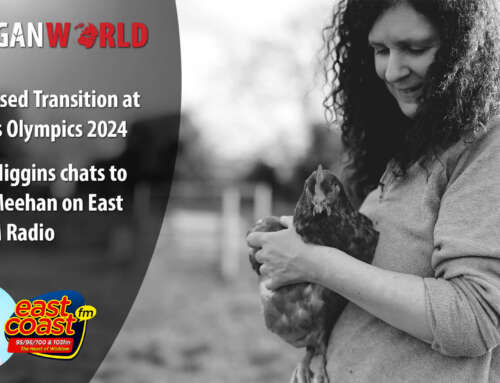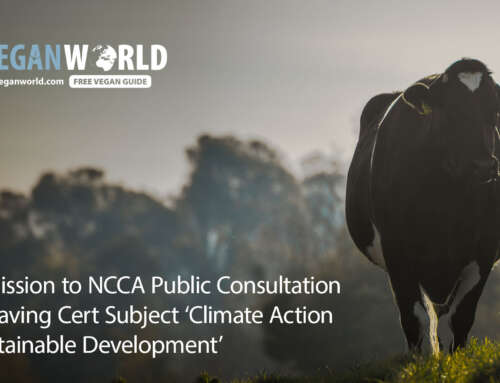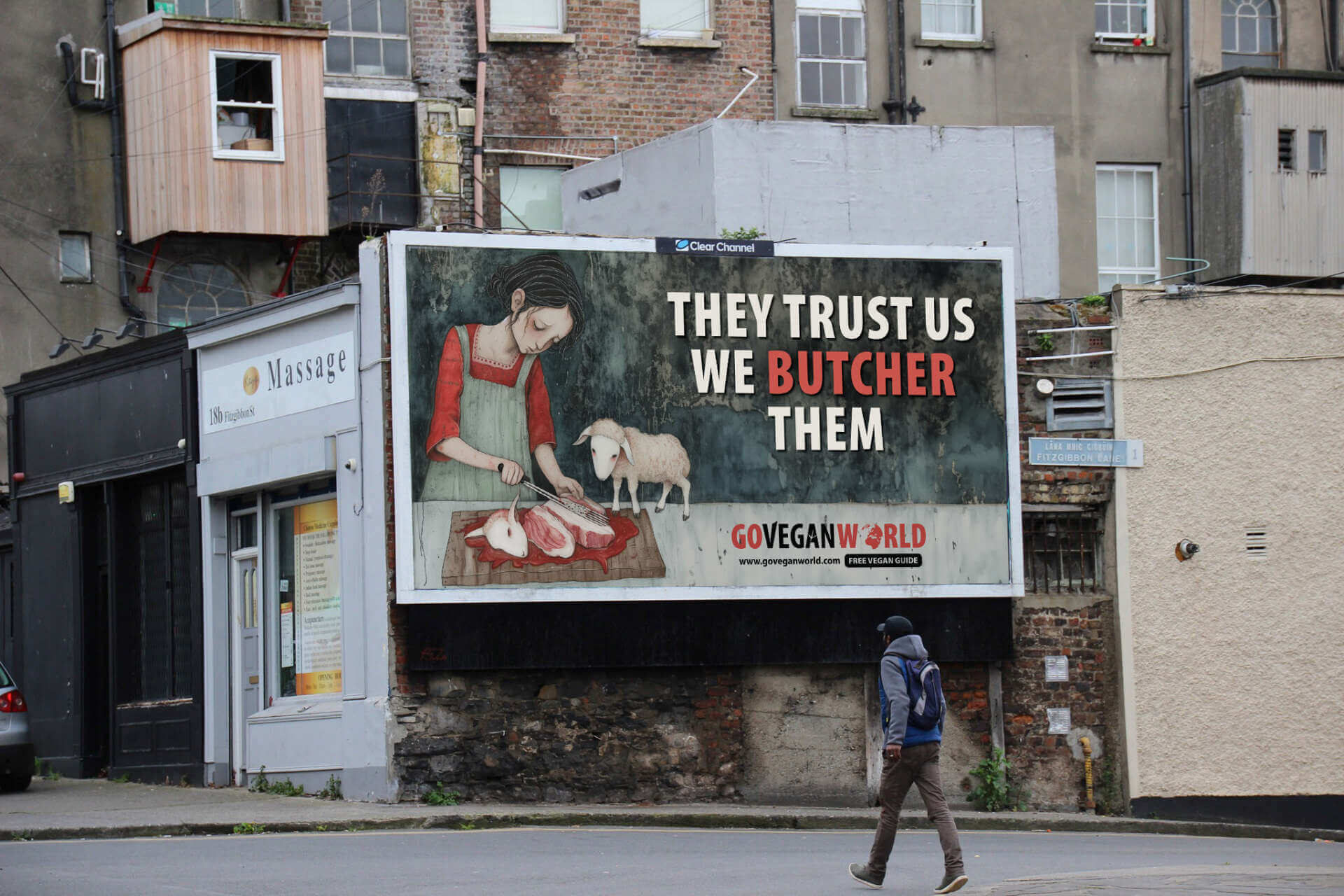
Go Vegan World Spring Campaign
Reproduced with Permission from Vegan FTA
11.03.2024
Spring Lamb
Our Spring advert is not unlike flesh industry advertisements for ‘Spring Lamb’. The same flesh under the tight, new fleece of a recently born lamb, is evident in both. While vegans find the latter so distasteful that we avert our eyes, many non-vegans will find our vegan ad challenging because it reminds them that their Easter dinner was a playful, innocent baby who did not want to die.
Humans use other animals to meet their daily needs for food, clothing, entertainment, labour, and research, despite that fact that there is not a single ingredient in the lives or bodies of other animals that is necessary for our health or wellbeing.
For most people, their only encounter with other animals is when they purchase their dead bodies or the products of their lives, in butchers, supermarkets and shops, where they are represented as mere commodities to meet our desire for taste, habit, convenience and tradition.
In the face of vegan advocacy, many people fear that their individual choice would be discounted in a vegan world. In fact, their choice has already been so manipulated by the animal exploiting industries as to be almost non-existent. The industries that profit from other animals, exercise tremendous influence over public habits and consumer trends. We are fed the myth that animal products are essential for human health; that their flesh, milk, eggs, wool, and skin are superior to plant-based alternatives. Bucolic representations of farmed animals grazing in green fields, living apparently blissful lives of freedom, are used to advertise animal products, much like the tooth fairy or Santa Claus are sold to children. Even when the animals spend several months of the year grazing in fields, the minutiae of their lives, from who they mix with, when and with whom they mate, when and how they give birth, what they eat, to when they die, are controlled by farmers. Every animal bred for human use as food or clothing, faces a violent, terrifying death in a slaughterhouse. Every distasteful fact of animal agriculture is carefully hidden from the consumer.
It is important that consumers are reminded of the facts of animal agriculture. Our new ad runs during ‘Spring Lamb’ season. It is a timely reminder of the reality of animal use.
Sheep breeding is controlled so that all lambs are born in or around the same time for the convenience of the farmer. In their natural state, sheep would give birth as the weather warms up and grass begins to grow. In fact, most lambs are born indoors in winter so that they are ready to be killed for the Easter market. This frees up farm labour for the summer season.
Sheep are mammals, like humans, with the expert attunement of motherhood that is necessary for survival of any species. This is not simply an instinct: the bond between a mother sheep and her lamb is experiential and emotional for both parties. A crucial part of that bond is feeding. In their natural state, sheep feed their lambs for a year or more. In the farming system, they are force weaned to encourage lambs to graze and eat grain for the purpose of increasing their body weight at slaughter.
A ‘Spring Lamb’ is a recently born lamb of between 12 weeks and five months of age; a delicate little being who wants nothing more than to jump and run with their friends, and rest at their protective mothers’ sides. The ‘tenderness’ that producers of their flesh boast about is because they were so recently born and were still drinking their mothers’ milk just hours or weeks before they were slaughtered.
Our Spring advert is not unlike flesh industry advertisements for ‘Spring Lamb’. The same flesh under the tight, new fleece of a recently born lamb, is evident in both. While vegans find the latter so distasteful that we avert our eyes, many non-vegans will find our vegan ad challenging because it reminds them that their Easter dinner was a playful, innocent baby who did not want to die. Our ad is an illustrative representation of the facts. But it is not all that different to the flesh sold in butchers or supermarket, where you will see the trail of blood left on the counter from the bodies of real animals whose flesh was carved by someone wielding a lethal weapon.
We expect that many will turn from our ad in shock when faced with the reality for other animals when we purchase ‘lamb chops’ or a ‘leg of Spring Lamb’. The violence meted out to such delicate beings because we demand their bodies on our plates, is shocking. The only difference between our ad and industry/farming ads for animal flesh, is that the dismembered lamb’s face remains, reconstructing the pieces of flesh into who he or she was before they were slaughtered. Their flock mate who watches the tragedy, is represented as someone who can feel.
When other animals are commodified, shrink wrapped and called food, we lose sight of who they are.
If we faced the violence entailed in every non-vegan choice we make, we would not see pieces of flesh, or litres of milk, or dozens of eggs. We would see lambs, cows and calves, pigs, and chickens for the feeling beings they are. We would acknowledge that their lives have meaning for them, that they can suffer pain and fear. They remember the past and anticipate the future. They experience joy and sorrow. They have families and relationships. They have preferences. Like you and I, they feel heat and cold, hunger and thirst, they get tired and they are motivated to keep living. Almost every aspect that makes human life worth living, is experienced equally by them.
That they are someone, not something.

